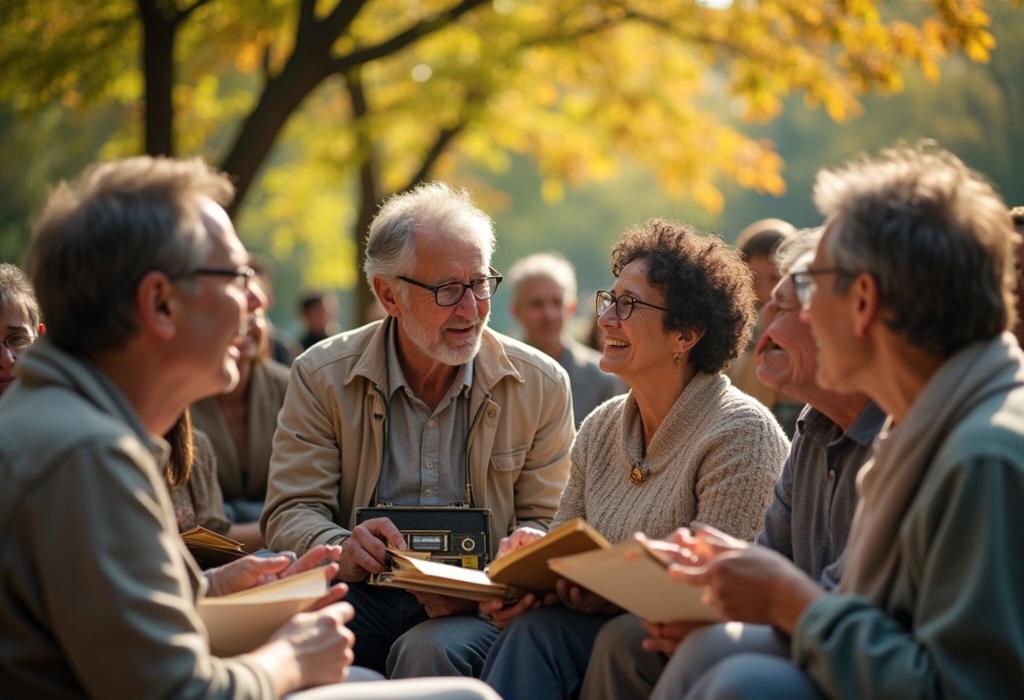For more details on this content, please review the step-by-step guide and frequently asked questions.
The Connection Between Historical Sites and Modern Technology

Step-by-Step Guide
Understanding Historical Sites
Historical sites are locations of significance for the cultural, historical, or social heritage of a community or nation. They can include buildings, monuments, battlefields, and archaeological sites. Appreciation of these sites enhances our connection to the past and provides context for modern life.
The Role of Modern Technology
Modern technology encompasses tools and systems that improve our ability to process information, communicate, and interact with our environment. This includes smartphones, GPS, augmented reality (AR), virtual reality (VR), and the Internet of Things (IoT), all of which have dramatically changed our lifestyle.
How Technology Enhances the Study of History
Advancements in technology have revolutionized historical research and preservation. Digital archiving allows for the storage and sharing of artifacts and documents. 3D scanning can recreate and preserve physical sites or objects, producing high-fidelity models that can be explored virtually.
Creating Virtual Tours of Historical Sites
Virtual tours use 360-degree cameras and VR tools to create interactive experiences of historical locations. These tours make it possible for anyone, regardless of geographic location, to explore and learn about significant sites, increasing accessibility and appreciation.
Augmented Reality in Historical Education
Augmented reality applications enhance physical historical sites by overlaying digital information. An example is an AR app that provides historical context or visual reconstructions when pointed at specific locations, delivering immersive educational experiences.
Using Social Media to Promote Historical Awareness
Social media platforms facilitate the sharing of historical knowledge and encourage discussions about heritage. Hashtags and sharing mechanisms allow users to connect with others interested in history, thus building communities around historical appreciation.
The Preservation of Sites through Technology
Technological innovations such as drones are now being used for the documentation and preservation of historical sites. By providing aerial views and detailed data on site conditions, these technologies assist in the maintenance and conservation of important cultural heritage.
The Challenges of Blending Old and New
While technology opens new avenues for education and preservation, it also brings challenges like digital divide issues, where not all communities have equal access to technology. Additionally, there can be concerns over the commercialization of cultural heritage.
Future Trends in Historical Preservation and Technology
The future will likely see an integration of artificial intelligence (AI) in curating personalized historical educational content, and deep learning algorithms analyzing large sets of historical data to provide new insights into the past.
Creating an Interactive Community Around History
Encouraging participation in digital platforms can foster community building around historical interests. Online forums, social media groups, and collaborative projects can bring people together, enriching both personal and collective historical experiences.








